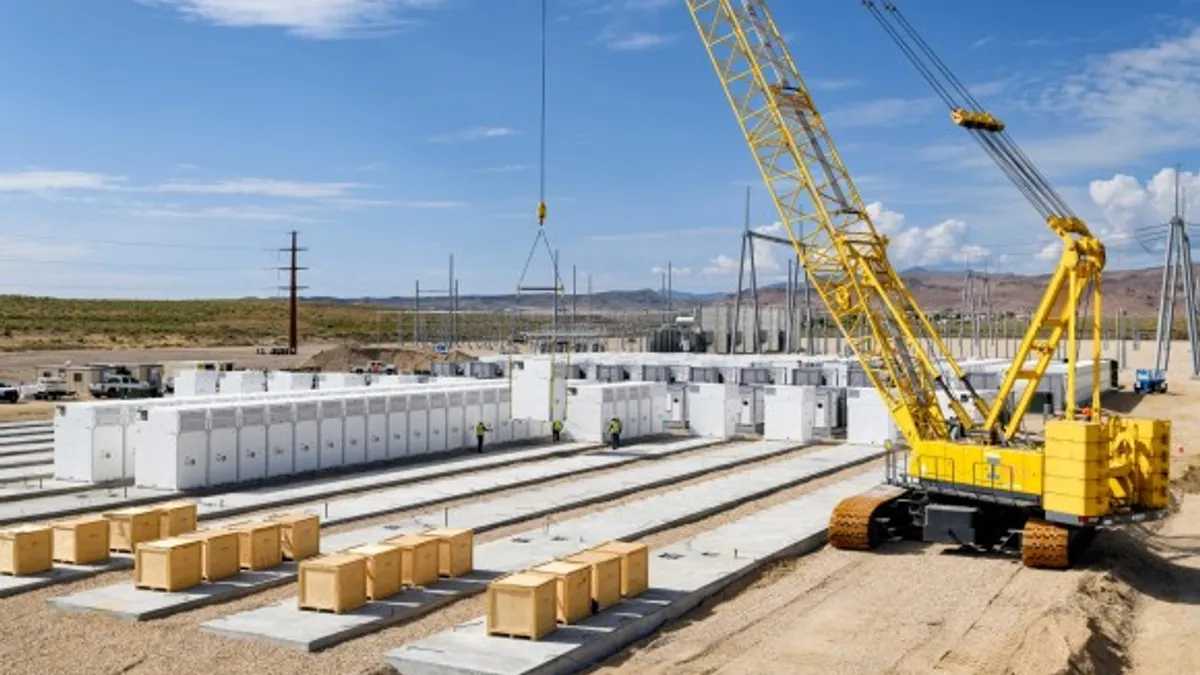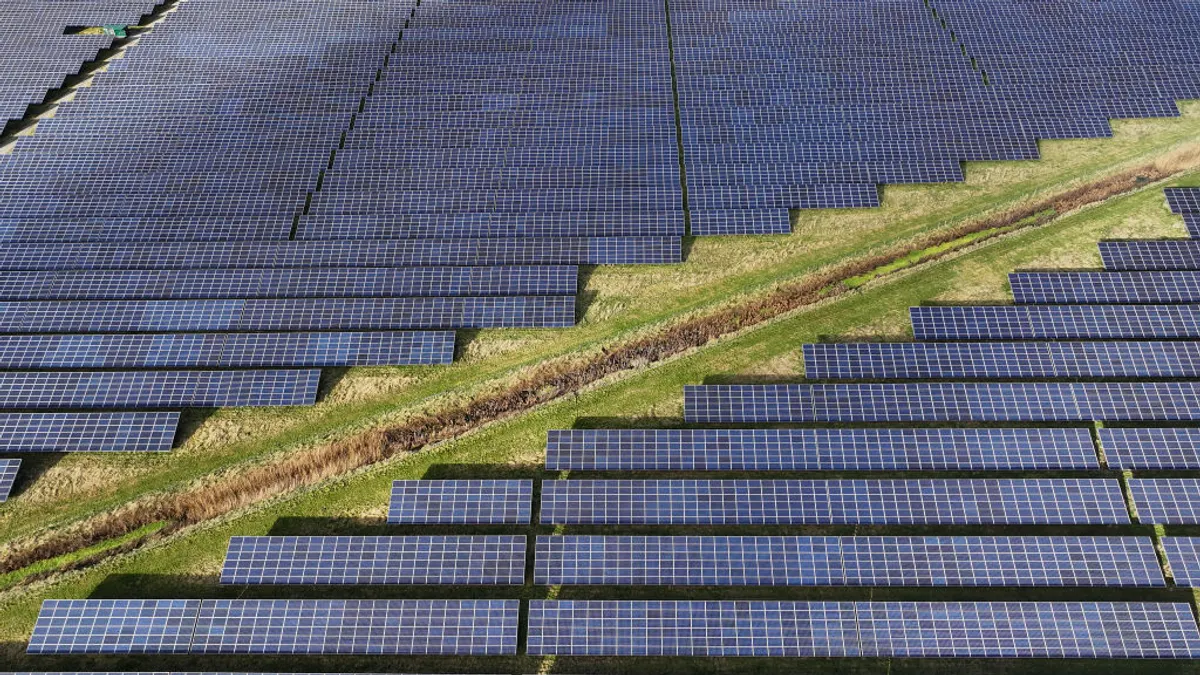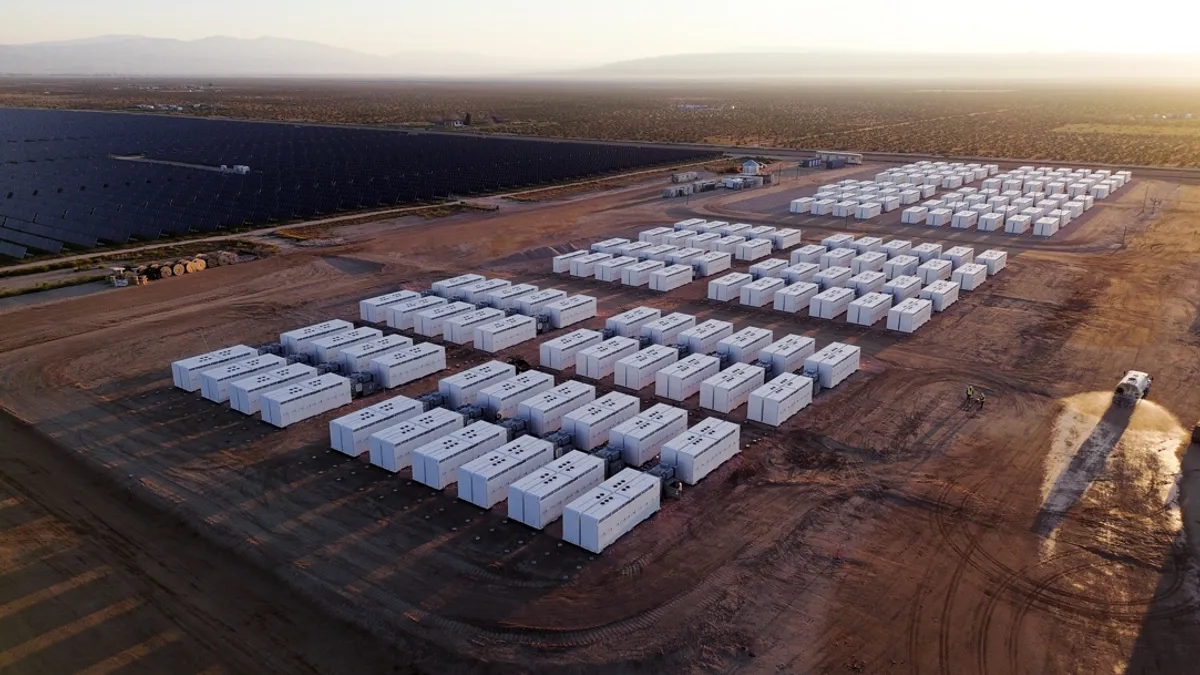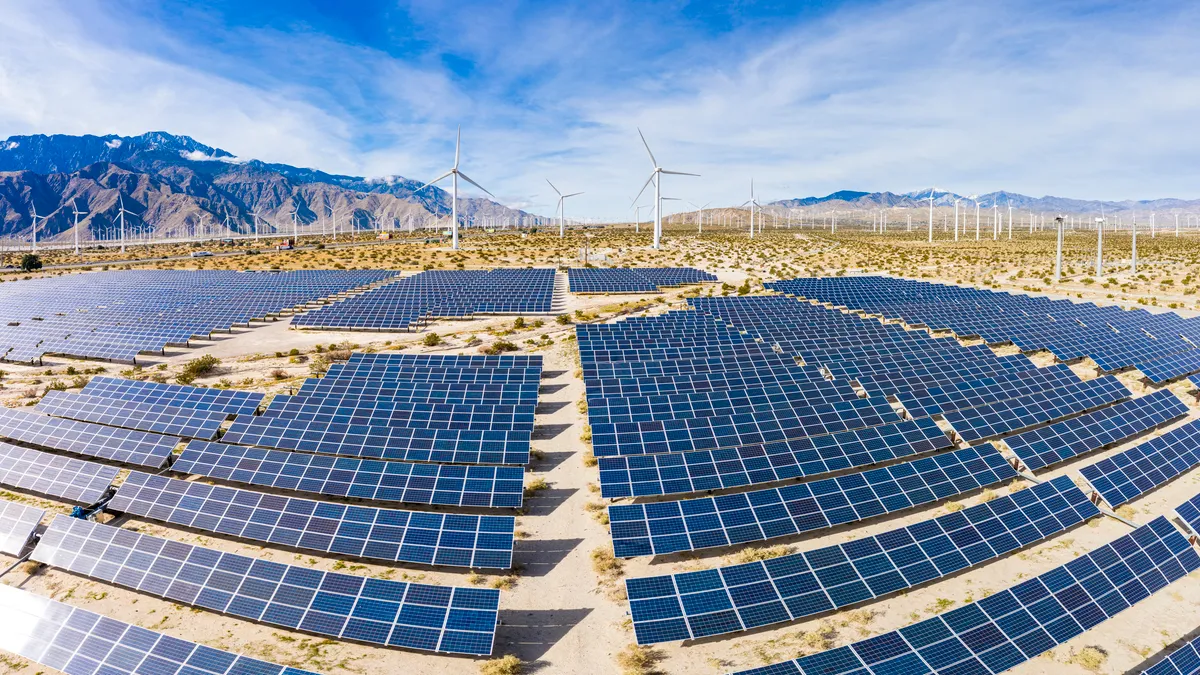'It ain't over till the fat lady sings.'
In the context of energy storage in New York, that means the industry will have to wait until sometime in January to have a better understanding of the shape of the state’s energy storage program, even though the bill creating that program was signed into law late last month.
New York Gov. Andrew Cuomo (D) on Nov. 29 signed a bill establishing an “energy storage deployment program,” but in the signing memo, he noted that his office had “secured an agreement with the Legislature to pass legislation in the upcoming session” that would amend the law. In short, the bill signed into law is not the final form of the law.
The final version is expected to include a goal, not a mandate, and direct state regulators to develop a mix of policies to help achieve that goal.
A common practice
The governor's directive may seem unusual, but “it is common practice when a bill is passed into legislation without executive input,” Conor Bambrick, air and energy program director at Environmental Advocates of New York, told Utility Dive.
It does raise questions, however, about the final form the energy storage bill will take.
“Secured an agreement” could be read to mean the participants have agreed to make changes, or it could mean the participants already have agreed on terms. In this case, it is the former. “They already have something worked out,” Bambrick said.
The terms of that agreement have not been revealed, and calls to two of the bill’s sponsors, Sen. Joseph Griffo (R) and Assemblywoman Amy Paulin (D), were not returned by press time.
Cuomo’s memo identified two key concerns with the law as enacted: consistency with the state’s Reforming the Energy Vision (REV) program and fiscal burdens it would create for “state entities that should be addressed through the annual budget negotiations.”
The amendment would also change the Jan. 1, 2018, deadline for the state’s Public Service Commission to complete the implementing regulations and move it to year-end 2018.
The date change is a function of the lag between the legislative and executive action. The legislature unanimously passed the bill, AB 6571, in June, nearly six months before it was signed by the governor.
The legislature typically can send hundreds of bills to the governor’s office after the legislative session ends. The governor has 10 days to sign a bill or it dies. So, the governor’s office coordinates with the legislature to manage the flow of bills to be signed. More complicated or controversial legislation — or legislation in which the governor did not have input — ends up at the back of the line.
Two concerns
The other changes could be more substantive. The fiscal concern about the burden the law could put on “state entities” has been described as boilerplate that is included in any such proceeding, but the proof will be in the final version.
The energy storage program will be administered by the New York State Energy Research and Development Authority (NYSERDA) and the Long Island Power Authority.
NYSERDA may not need a large change to its budget, if the energy storage program is funded through a surcharge on utilities. Funding could come through existing NYSERDA programs, such the state’s $5 billion Clean Energy Fund that was launched in January 2016 or through funds received as part of New York’s participation in the Regional Greenhouse Gas Initiative, a greenhouse gas cap and trade program among nine eastern states. But the main point is that the governor wants to retain flexibility on funding options.
Calls to the governor’s office for comment were not returned by press time.
The other concern could be more substantive. The governor wants to be sure that the energy storage program is consistent with his REV program. One way to structure an energy storage program would be to create a mandate or target that utilities must meet and establish a surcharge on utility customer bills to fund the program. The storage bill originally called for annual programmatic expenditures, but that is not in keeping with REV, which seeks to de-emphasize ratepayer charges and, where possible, find market-driven solutions.
Observers close to the process say the point of the “chapter amendment” is that the governor did not want the strategic approach to be pre-determined.
That change could open the energy storage program to a whole menu of options. At the least, it gave the governor the flexibility to craft a program more in keeping with REV.
A goal, not a mandate
In the end, the shape of the program will be determined by the rules the PSC draws up. “All the options will be on the table,” Bambrick said, but it seems clear the legislation will be looking for a goal, not a mandate.
“The bill as revised will remove the directive to establish an explicit deployment program with predetermined annual expenditures and instead direct the Public Service Commission to undertake a process to determine by December 31, 2018, the appropriate suite of policies that will help drive towards a long-term energy storage deployment goal,” a NYSERDA spokesperson told Utility Dive in an email exchange.
That process at the PSC will be informed by the energy storage roadmap that NYSERDA is already developing. The roadmap will provide the foundational analytics for an energy storage goal in a process similar to the one Massachusetts used to set its energy storage goal.
NYSERDA is developing the roadmap as a result of a March directive from the PSC directing it to determine the value of distributed clean energy systems.
In Massachusetts, Gov. Charlie Baker (R) directed the state’s Department of Energy Resources to determine whether or not energy storage targets would be prudent and cost effective. The report, among other things, said that energy storage in the state could hit 600 MW if all recommended programs were adopted. In the end, the DOER set a goal of 200 MWh of energy storage by Jan. 1, 2020, a level some in the energy storage industry said was unnecessarily low.
Aligning with other goals
New York’s energy storage legislation is designed to align with the state’s renewable portfolio standard that aims to have 50% of electricity produced by renewable resources by 2030 and with the state’s goal of reducing carbon dioxide emissions 40% from 1990 levels by 2030.
“This is a huge opportunity for New York State to follow their successes in reducing carbon dioxide emissions, advancing REV and building on the state’s RPS,” NYSERDA President Alicia Barton told Utility Dive.
A January 2016 energy storage roadmap by the New York Battery and Energy Storage Technology Consortium said that having 2 GW of storage capacity on the state’s grid by 2025 and 4 GW by 2030 would reduce the costliest peak electricity demand and provide flexibility for “substantial amounts of intermittent resources that the state has committed to install over the next 15 years.”
NYSERDA’s roadmap will also address changes to wholesale market rules. Those rules are an important part of the holistic approach to the state’s energy strategy, even though the New York ISO is not under the jurisdiction of the state regulators.
NYISO itself is working on its own roadmap for energy storage and on Dec. 4 released a plan for “creating a market participation model designed to maximize the economic and societal benefits of Energy Storage Resources.”
NYISO’s timeline calls for market rules for energy storage to be completed in 2018 and for implementation to occur in 2020.
The New York State legislature reconvenes on Jan. 8.



















